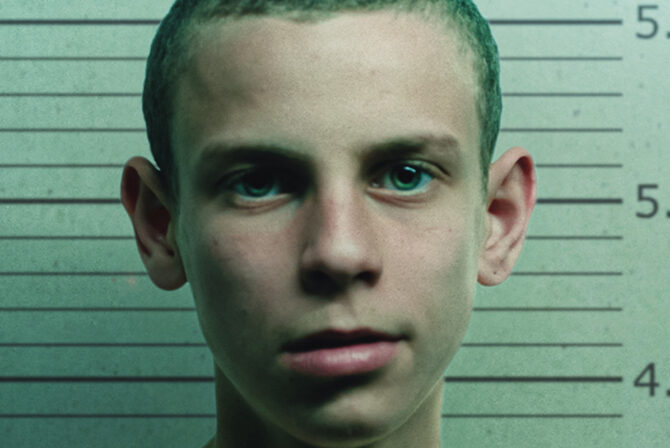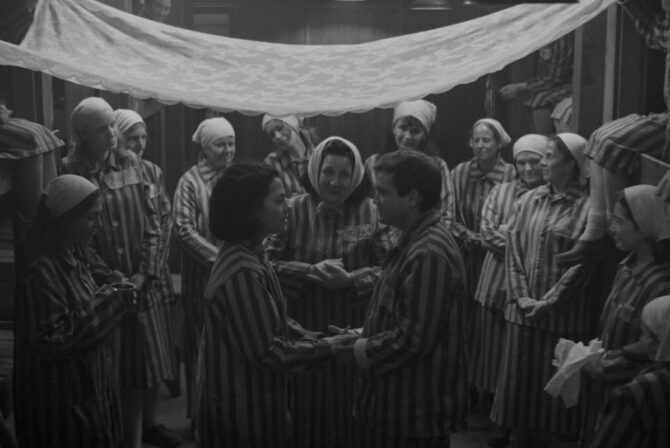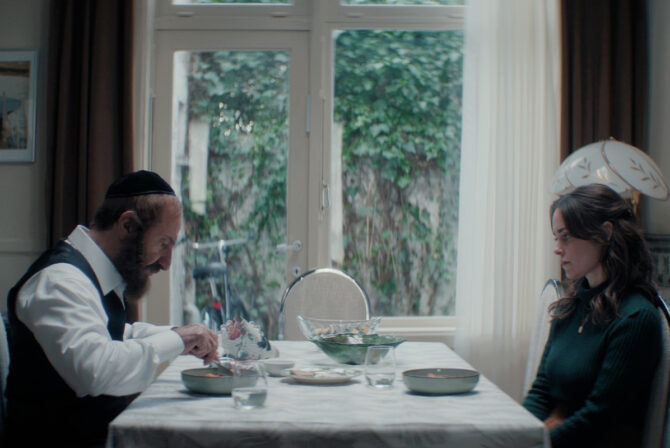In the hallways of my kids’ Jewish camp I’ve seen “Crab Shack” tees and even shirts that say, “Hail Bacon!”
With smugness, I told the preschool director I’d never dream of sending my kids wearing “those kinds” of tees to anyplace attached to a synagogue. We also spoke of the more eyebrow-raising baby clothes we’ve seen recently (“Free Gas Around the Corner,” “Bros Before O’s,” “I Only Cry When Ugly People Hold Me”). Which was worse: cute little crab or outright hostility?
“Ideally,” said Randi, “when it comes to choosing clothes, parents are sensitized to anything that contradicts Jewish values.” A pause. “That includes skull-and-crossbones tees. And Superheroes.”
My smirk collapsed. Sam had pirate attire (in fact, the whole school had seen the play “How I Became a Pirate” last spring) and I’d just sunken too much money into Superhero clothes, plates, and sheet cake for my kids’ joint birthday party.
Randi continued: “We try to promote a peaceful coexistence here, in keeping with Jewish values of kavod (honor) and Shalom bayit (peace at home). Superheroes and their violence clash with those values.”
I thought back to boys’ parties we’d recently attended. Pirate parties, where everyone got bicep tattoos of skulls, painted mustaches, and a plastic cutlass to wield at the piñata. Star Wars parties where each kid got a pool noodle tricked out as a light saber, then ran amok in a bounce house whacking the “bad guys” while insisting they were good. The girls’ parties–Dora, Lalaloopsy, Sofia the First–seemed anodyne by contrast. Then again, violence of a different sort erupted at an “Alice in Wonderland” tea party for a friend’s 5-year-old daughter: girls gathering in corners, plotting in whispers, throwing murderous looks and colluding to exclude their classmates. The boys’ parties had Good vs. Evil, played out blatantly, thrashed out perhaps cathartically; this party had clique vs. clique, wreaking quieter havoc.
When Sam and I flip through a Lego catalog, I love to read about the heart-pounding Coast Guard rescue of a shipwreck; the Joker escaping from Arkham Asylum to menace Gotham City; the Rancor Pit where Luke Skywalker must escape a ravenous monster. There’s conflict, drama, urgency, suspense–all drivers of a good story.
Cynthia Ozick has called writing Jewish fiction an oxymoron. “The Jewish element….stands for civilization, conduct and decency. The writer is a vilde chaya, a wild animal, and these two don’t mix. When you write fiction, you have to have drama, conflict–you have to have a bad guy.”
Like fiction and fantasy writers, children are busy engaging and following their imaginations, from the clothes they wear to become “superheroes”–the tee-shirt, the Spiderman chest light, the Superman utility belt–to the “weapons” they brandish and the “good buy/bad guy” games they play: in bounce houses, classrooms, their own heads. Good guy/bad guy games run and thrive on conflict, which gives the spice, and sticking power, to every story we love to retell. Even we Jews have an entire holiday devoted to Judah Maccabee, the warrior who purged Hellenism from the Temple and “liberated” Judaism. Maccabee’s extremist ways clashed with the more tempered, practical, peace-seeking culture of the reigning rabbinic Judaism. And yet the story of Hanukah completely captures our imagination. So it goes with Superhero play.
I agree with studies that playing Superhero helps kids develop a sense of control and power over a world that, for them, grows a little bigger and crazier every day. From what I’ve observed, Sam and his friends are always reluctant to play “bad guy,” dispensing quickly with their turn before resuming the business of Saving the Day. And while violent behavior raises alarms, it’s essential, but not difficult, to stress the boundary between fantasy and reality. In the superhero books we read, the bad guys and their schemes are so far-fetched (stealing the city’s electricity, turning diamonds into gorillas, wielding “shrink rays”), so planted in fantasy, that I don’t have to worry about Sam attacking a bystander for, say, messing up his drink order. As he patiently explained to my friend: “I’m pretending to be Batman, but I’m really Sam.”
It’s escapism that sparks his imagination, helps him test new ideas, refines his growing sense of morality and eases him into playing with other boys. And while I’m never going to buy new parents a onesie that reads, “I drink until I pass out,” or send my kid to Jewish preschool with a tee sporting a pig and the words “I’m Delicious,” I wouldn’t hesitate to gift-box a superhero get-up. It might not be “Jewish,” but I don’t care.
Like this post? Get the best of Kveller delivered straight to you inbox.







